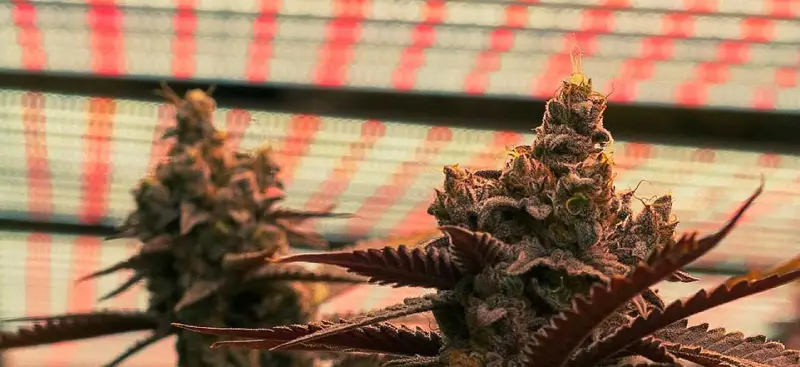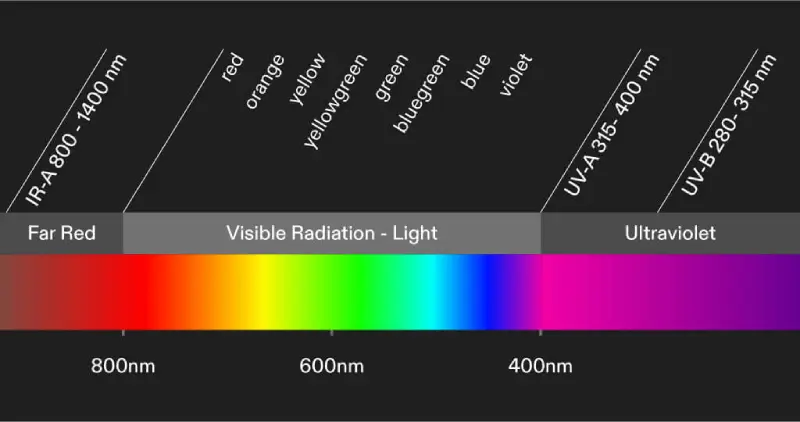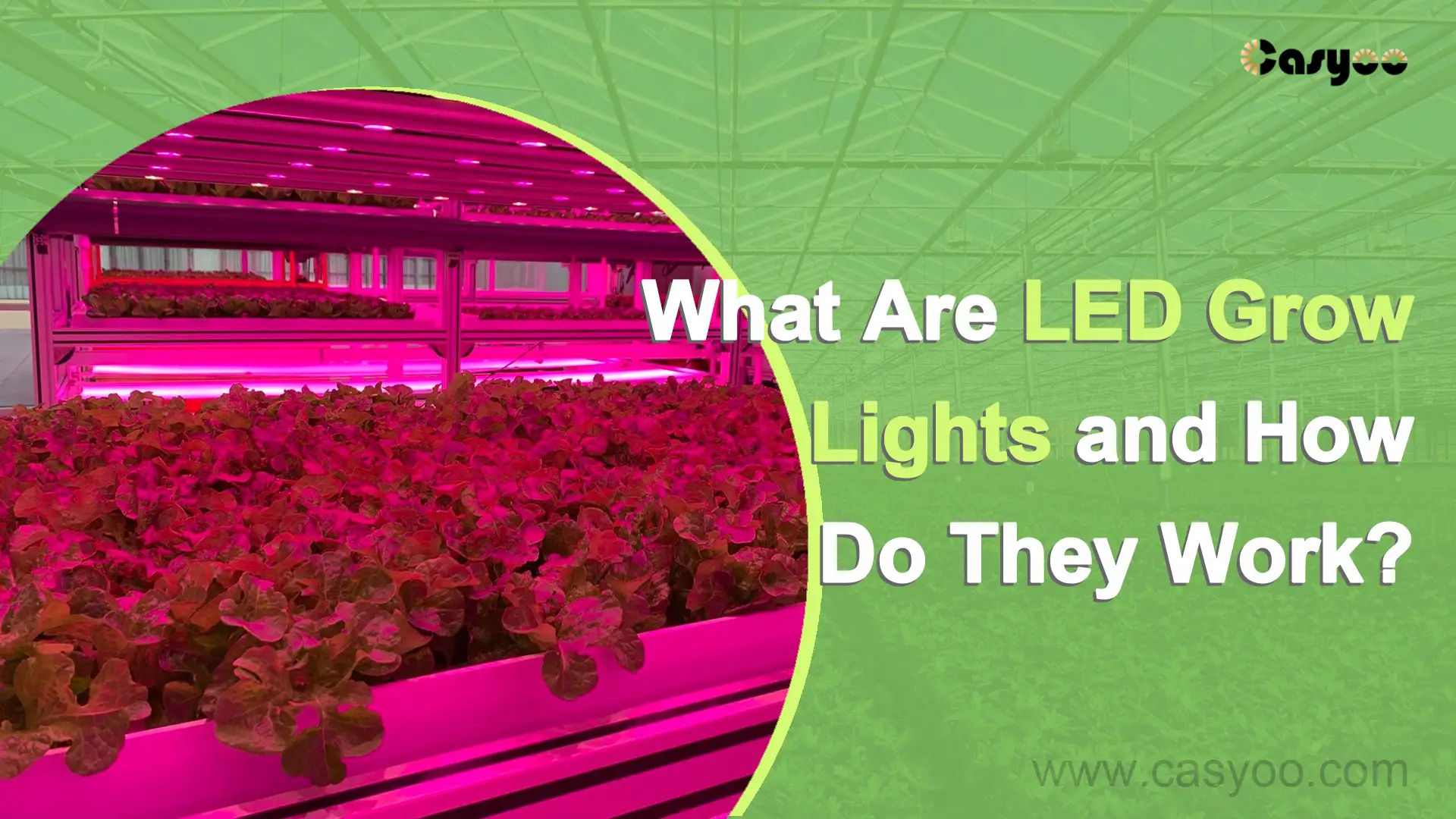If you want to set up your own indoor garden, the foremost thing you need is an LED grow light! So what is an LED grow light and what is its working principle? Let’s dive into the world of LED grow lights!
What Are LED Grow Lights?

LED grow lighting is the most energy-efficient grow light available on the market. This amazing technological achievement is employed in some of the most advanced commercial growing and hobby gardens.
LED lights use very little electricity and produce very little heat. They are very efficient since LED grow lights transform almost a’ll of the consumed electricity into growth-targeted light energy. This is how an LED grow light can outperform HPS lights in terms of yield and energy consumption.
LED grow lights emit a sun-like spectrum. This light produces certain light spectrums, mainly red and blue for your plant growth. Depending on their setup, light spectrum, and design, LED grow lights can be classified into several varieties. There are various types of grow lights except LED, such as fluorescent, HID, etc. However, LED is the greatest choice since it is very energy-efficient, long-lasting, and emits less heat.
How Does Photosynthesis Work?
Plants often need sunlight to conduct the photosynthesis process. They use the energy from the sun throughout this metabolic process to make their own food. The following are the steps in the photosynthesis process:
- Plant chloroplast pigments absorb particular types of light energy.
- The light energy that has been gathered is used to produce high-energy electrons.
- The high-energy electrons employ energy to produce a more stable energy source.
- This steady energy source is used to combine carbon dioxide into carbohydrates, which subsequently releases oxygen.
Using this knowledge, grow light manufacturers have created various grow lights that can emit specific light spectra, promoting healthy plants.
How Do LED Grow Lights Work?
LED grow lights use light-emitting diodes to produce light. These tiny electronic parts are composed of two distinct types of semiconductor material. One has a positive charge known as holes whereas the other has a negative charge known as electrons. An LED experiences an electric current flow when the correct voltage is applied, which causes the electrons and holes to clash. Recombination is the process by which photons from this collision release energy.
How Do Different Light Spectra Effect Plant Growth?

LEDs of today may employ visible, infrared, and ultraviolet light, and they are very bright. Specific types of light have an impact on the development of flowers and roots as well as plant growth.
Let’s explore how various light spectra impact plant growth:
Blue light
It causes the opening of the stomata, which are microscopic holes on leaves that regulate water absorption and carbon dioxide uptake. In addition to encouraging the growth of larger leaves, blue light also makes plants less tall than they may be in other light conditions.
Red light
Red light has the ability to both help initiate and prolong the flowering process. In addition to making plants grow taller, red light alone also tends to give them an elongated, stretched look and smaller leaves, which are frequently regarded as unfavorable growth traits on their own.
Far-red light
Plants will believe they are in the shade if they receive an excessive amount of red light. On the other hand, some far-red light can encourage flowering.
Green light
Although it is generally the least effective for photosynthesis, green light is nevertheless necessary for the process. Compared to other colors of light, green light can reach a plant’s lower leaves more deeply and more effectively, assisting in the photosynthetic process of those leaves.
Orange light
Orange light can aid in encouraging the photosynthetic process in plants. This light is typically welcomed by a portion of chlorophyll B.
Yellow light
While yellow light is not necessary for photosynthesis, certain plant pigments can absorb it, which can aid certain plants in blossoming. however, yellow light tends to cause lanky growth with a large internode length.
Ultraviolet (UV) light
This type of color can help control plant growth. It also causes plants, particularly those with purplish-colored leaves, to create thicker leaves and tend to intensify their hue. However, excessive UV radiation can scorch the leaves.
The way that the plants respond to different light conditions might vary. Additionally, a plant’s lighting needs can vary based on its stage, such as whether it is in the vegetative or flowering stages.
Final Thoughts
You definitely have a better understanding of LED grow lights after reading this post. Purchasing LED grow lights is a wise decision, particularly if you intend to engage in indoor gardening for an extended period of time. Casyoo LED grow lights can last more than 5 years if you take good care of them before they begin to show wear and tear. Even while the first outlay may seem a little high, the investment quickly pays for itself. Contact us to get the best LED grow light!




